Back to Courses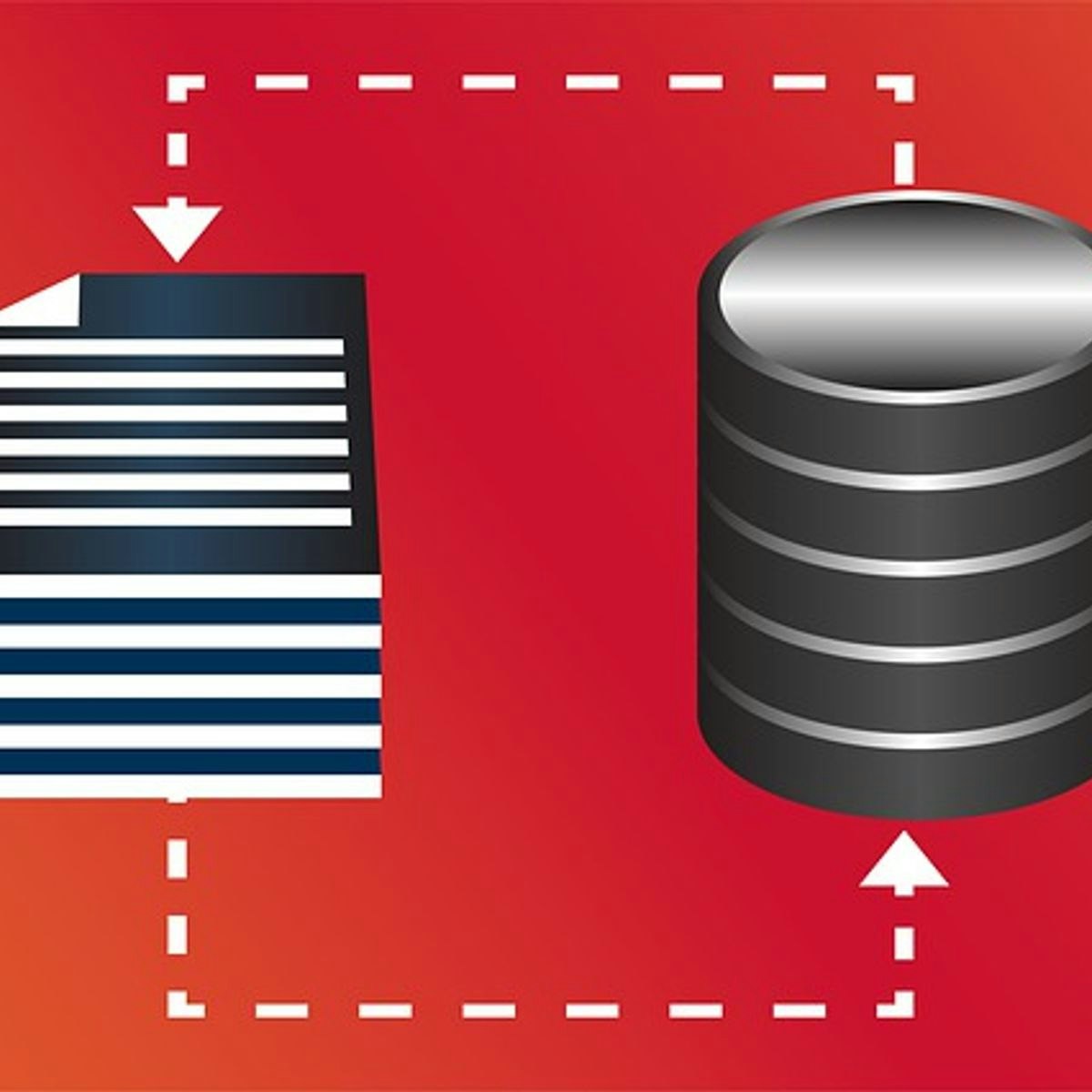


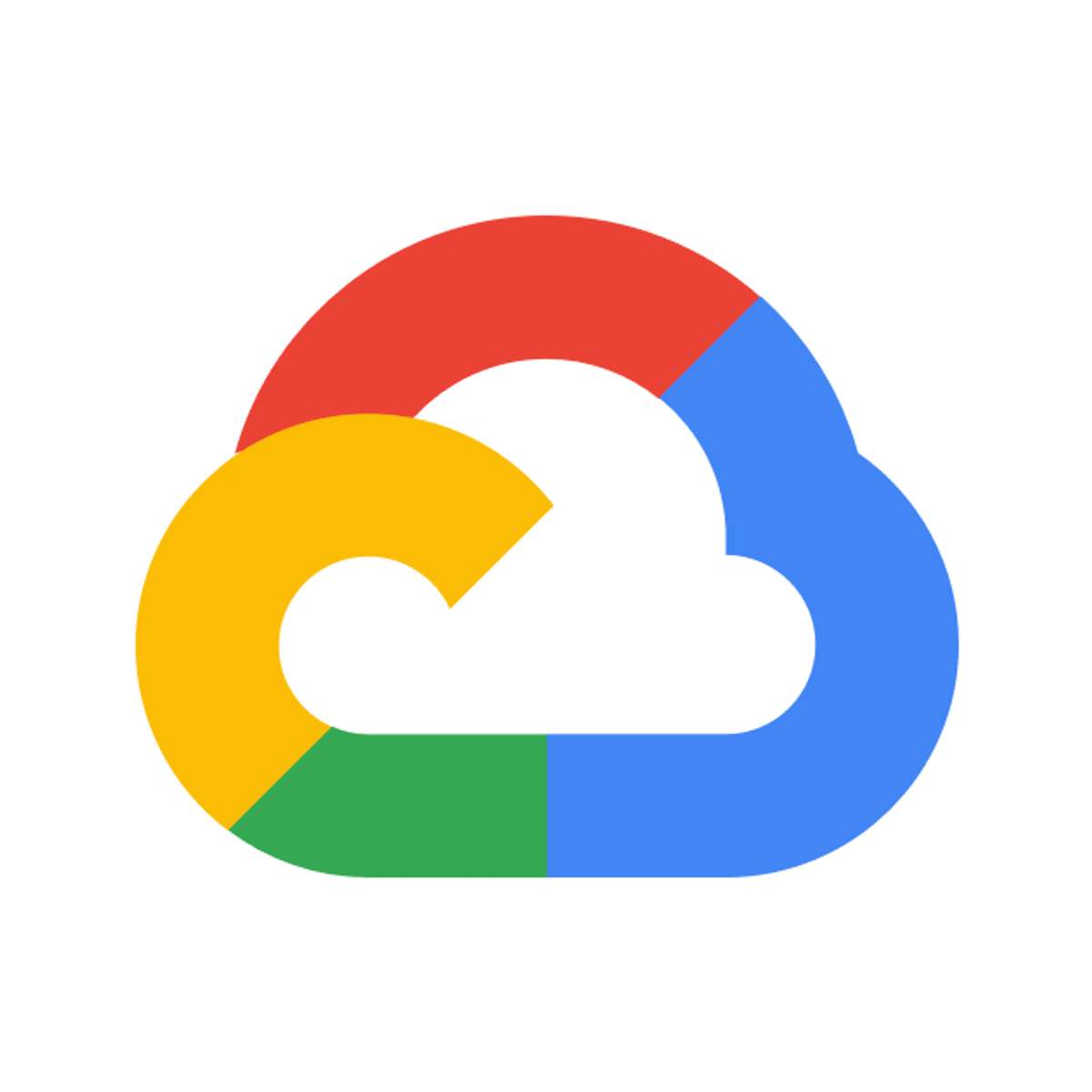


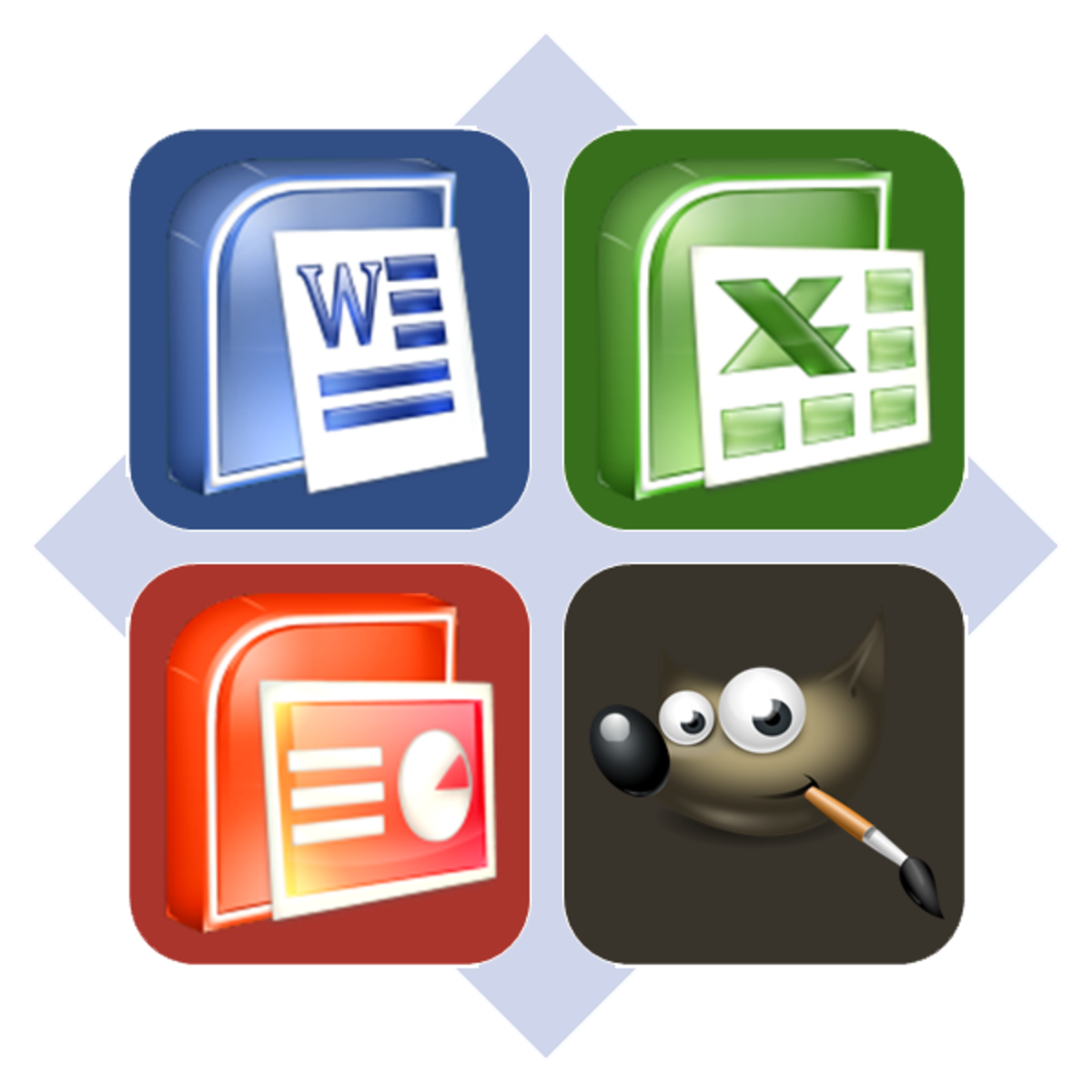
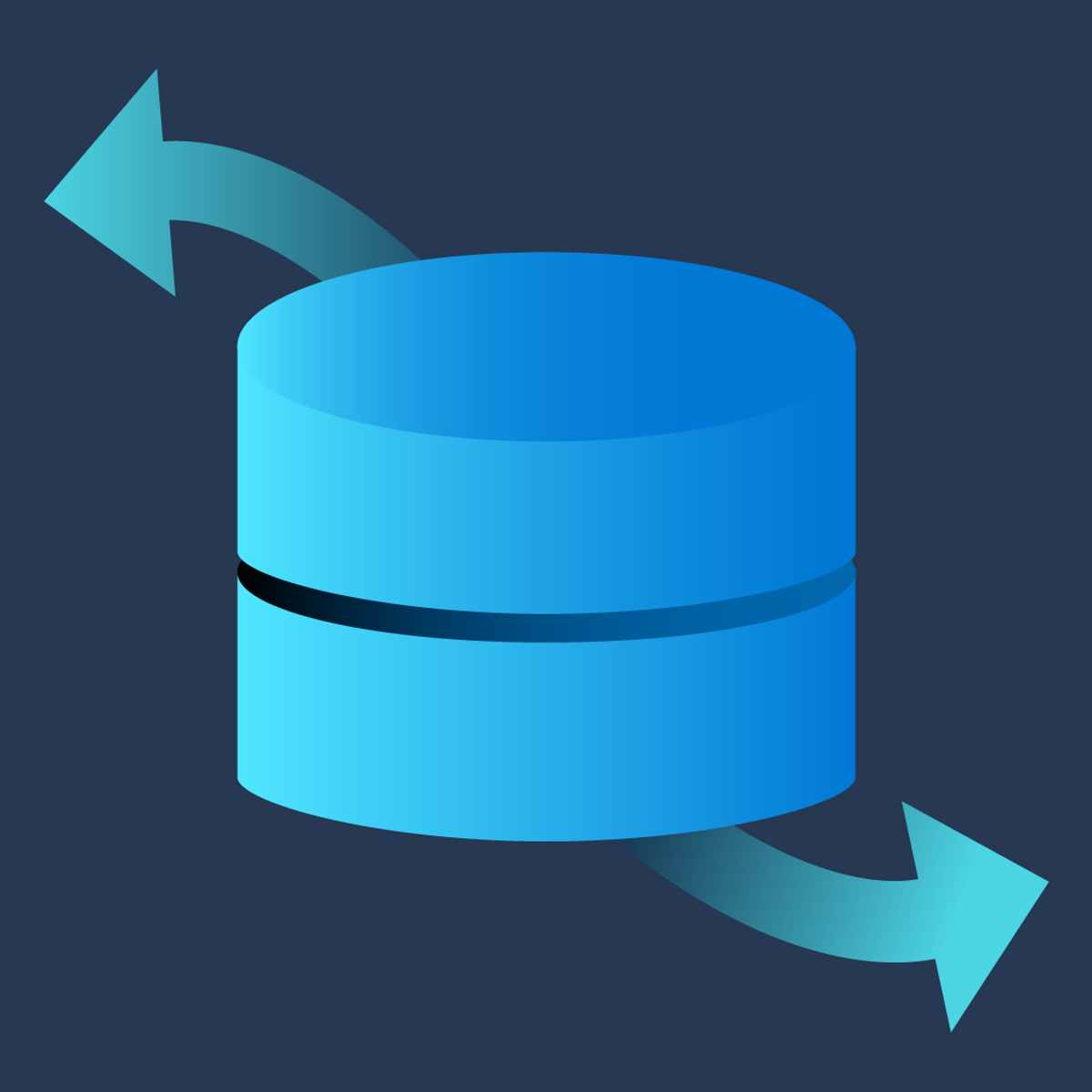
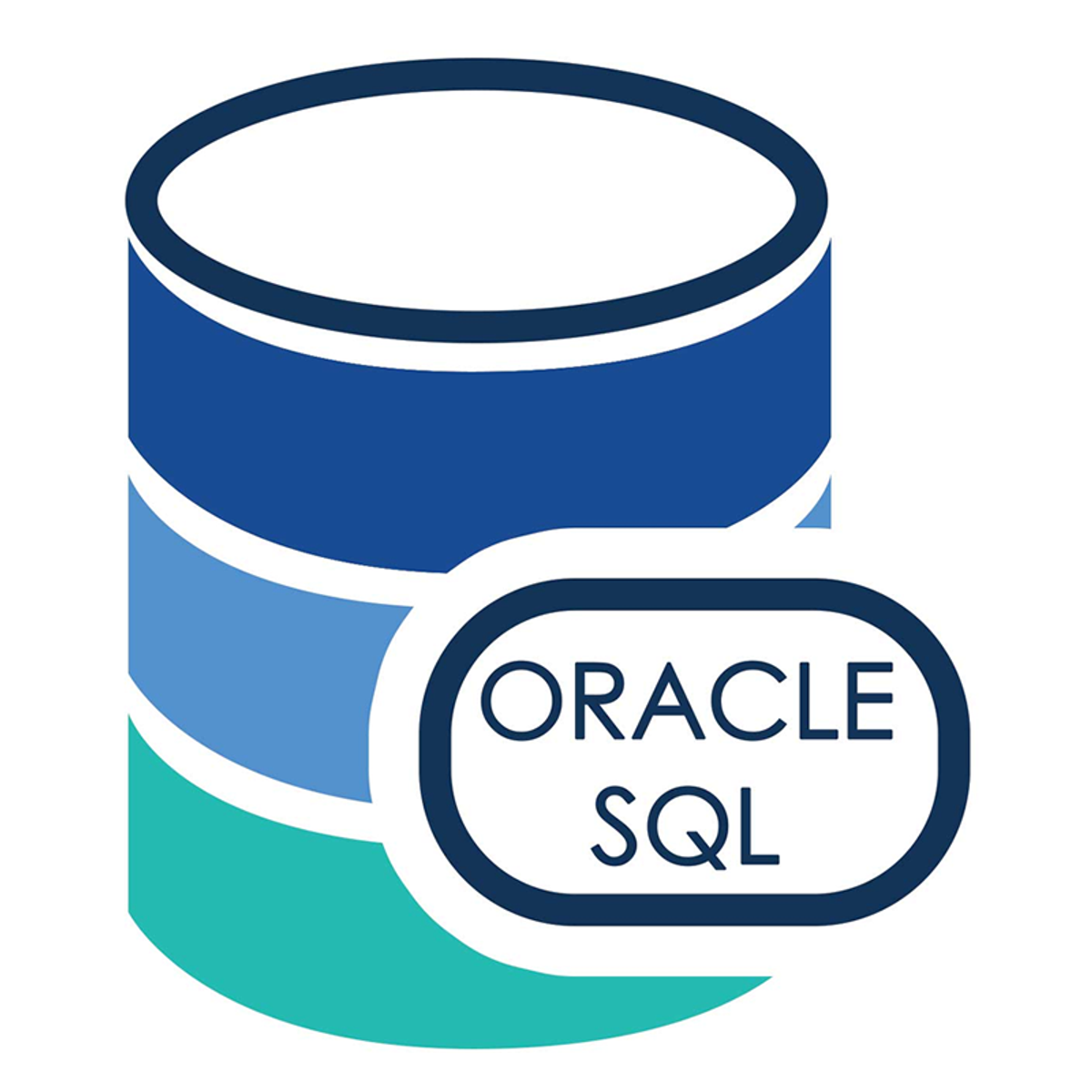

Data Management Courses - Page 28
Showing results 271-280 of 399

Calculate Data in SQL using MySQL Workbench
By the end of this project, you will perform data calculations on product data in a MySQL database using SQL commands.
MySQL is a widely used relational database. Structured Query Language commands are often used in data analysis to provide information vital to business. MySQL workbench provides a User Interface to MySQL data that improves productivity by providing data visualization and an SQL command interface.
Note: This course works best for learners who are based in the North America region. We’re currently working on providing the same experience in other regions.

Create Informative Presentations with Google Slides
By the end of this project, you will create a Google Slide that contains an introduction, visuals, linked charts, and a conclusion. You will learn how to create a presentation that is informative and captures an audience's attention. You will also learn how to link charts from Google Sheets into your presentation that will synchronize as data changes.
Note: This course works best for learners who are based in the North America region. We’re currently working on providing the same experience in other regions.

Translate Text with the Cloud Translation API
This is a self-paced lab that takes place in the Google Cloud console.
The Cloud Translation allows you to translate an arbitrary string into any supported language. In this hands-on lab you’ll learn how to use the Cloud Translation API to translate text and detect the language of text if the language is unknown.

Exploring Dataset Metadata Between Projects with Data Catalog
This is a self-paced lab that takes place in the Google Cloud console. In this lab, you will explore existing datasets with Data Catalog and mine the table and column metadata for insights.

Information Visualization: Foundations
The main goal of this specialization is to provide the knowledge and practical skills necessary to develop a strong foundation on information visualization and to design and develop advanced applications for visual data analysis.
This course aims at introducing fundamental knowledge for information visualization. The main goal is to provide the students with the necessary “vocabulary” to describe visualizations in a way that helps them reason about what designs are appropriate for a given problem. This module also gives a broad overview of the field of visualization, introducing its goals, methods and applications.
A learner with some or no previous knowledge in Information Visualization will get a sense of what visualization is, what it is for and in how many different situations it can be applied; will practice to describe data in a way that is useful for visualization design; will familiarize with fundamental charts to talk about the concept of visual encoding and decoding.

Using MySQL Database with PHP
In this 1.5 hour project, you will combine your knowledge of HTML, object-oriented PHP, SQL, and MySQL to make a dynamic website that uses MySQL database on the web server. You will learn two different methods, one applies to 12 other SQL databases and one specific to MySQL. Basic HTML, object-oriented PHP, relational database, and SQL required as prerequisites. Completing my courses "Build an Automobile Listing Website with PHP" and "Learn Object-Oriented Programming with PHP" first is highly recommended.

Introduction to Computers and Office Productivity Software
In this course, you will learn the following essential computer skills for the digital age:
Major hardware components of a computer system
Different types of software on a computer system
Photo Editing using GIMP
Word processing applications, including MS Word, MS Excel, and MS PowerPoint

Microsoft Azure SQL
In this course, you will learn the fundamentals of database concepts in a cloud environment, get basic skilling in cloud data services, and build your foundational knowledge of cloud data services within Microsoft Azure. You will explore relational data offerings, provisioning and deploying relational databases, and querying relational data through cloud data solutions with Microsoft Azure. You will learn you'll learn about SQL. You'll see how it's used to query and maintain data in a database, and the different dialects that are available.
This is the second course in a program of five courses to help prepare you to take the Exam DP-900: Microsoft Azure Data Fundamentals. so that you can demonstrate that you have a foundational knowledge of the core database concepts in a cloud environment.
This course is ideal for IT professionals who want to learn the fundamentals of database concepts in a cloud environment, get basic skilling in cloud data services, and build their foundational knowledge of cloud data services within Microsoft Azure with a view to taking up roles as Data Engineers and Database Administrators. It is also suitable for working database professionals looking for additional skills or credentials to showcase expertise in a cloud environment and IT professionals looking to specialize in the specific area of Azure data.
To be successful in this course, you need to have basic computer literacy and proficiency in the English language. Successful Azure Data Fundamentals students start with some basic awareness of computing and Internet concepts, and an interest in extracting insights from data. It is an advantage to have experience using a web browser, familiarity with basic data-related concepts, such as working with tables of data in a spreadsheet, and visualizing data using charts.

Oracle SQL Practice Course
This course is designed for SQL beginners to review SQL statements, including creating tables, adding columns, and modifying tables. We'll look at using alter statements and learners will practice using DDL and DML statements completing exercises.

Overview of Data Visualization
In this project, you will develop an understanding and appreciation for data visualization. You will review the benefits of data visualization as you examine existing examples of data that is displayed in a variety of visual formats. In addition, you will gain some hands-on experience in building your own data visualization examples by aggregating data and generating simple charts in Google Sheets.
Note: This course works best for learners who are based in the North America region. We’re currently working on providing the same experience in other regions.
Popular Internships and Jobs by Categories
Browse
© 2024 BoostGrad | All rights reserved


